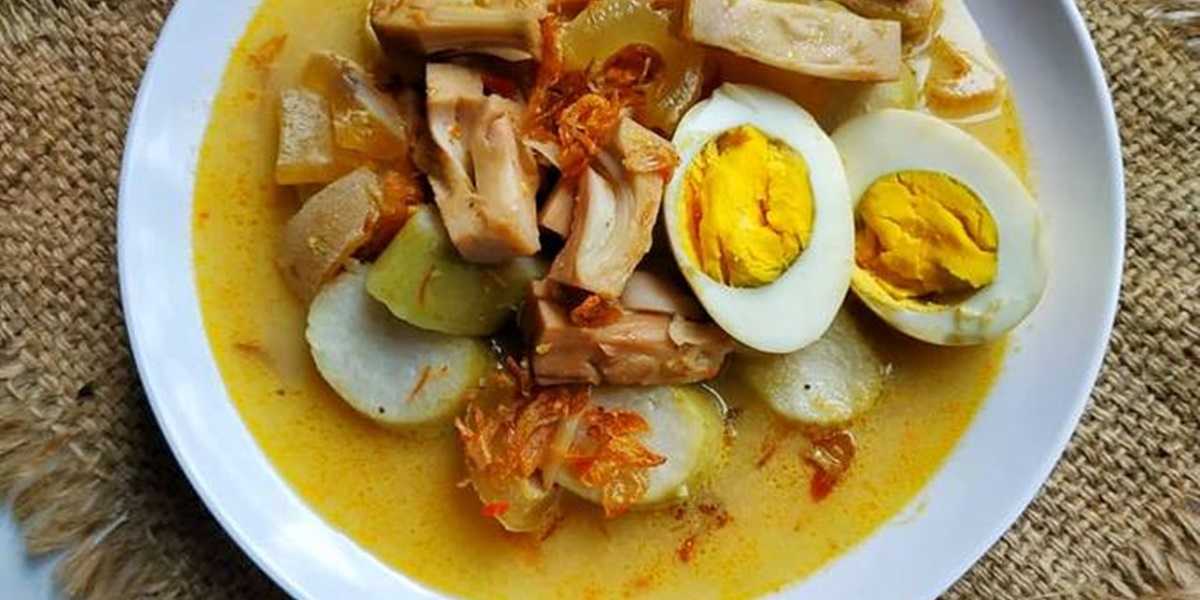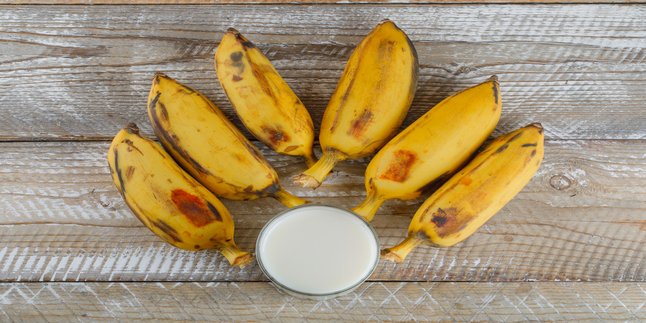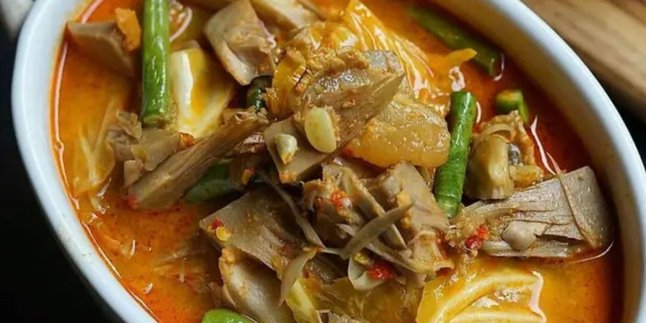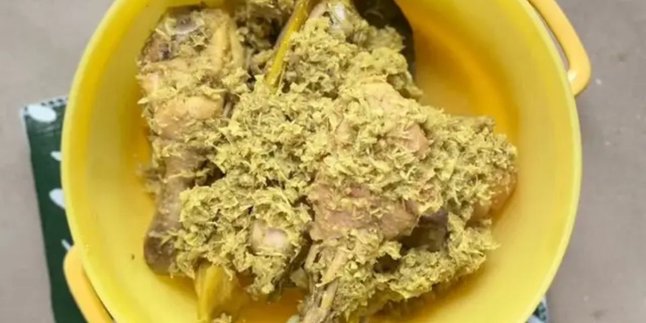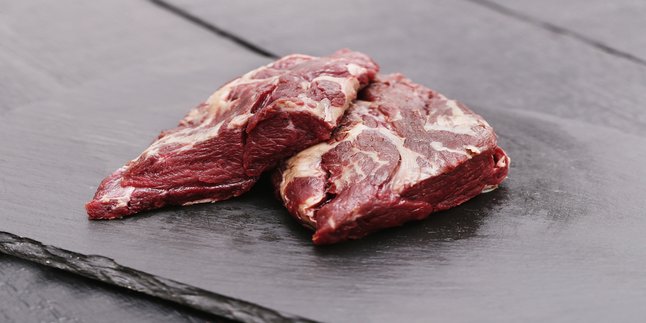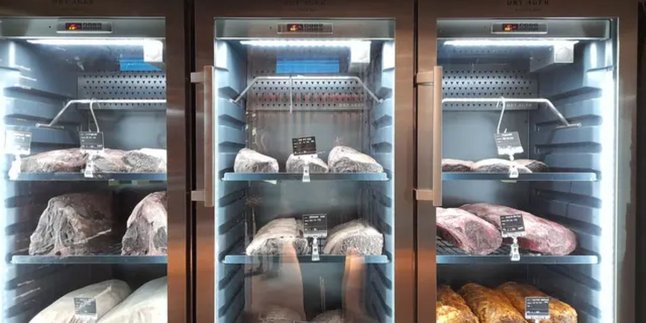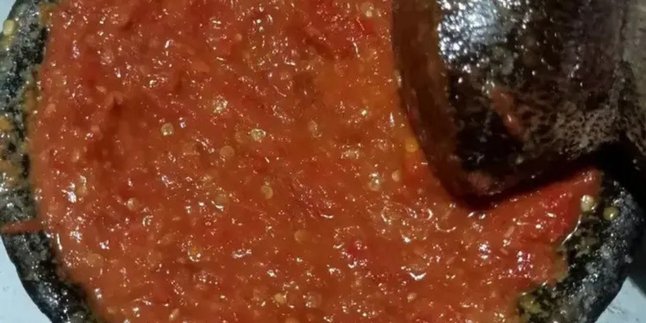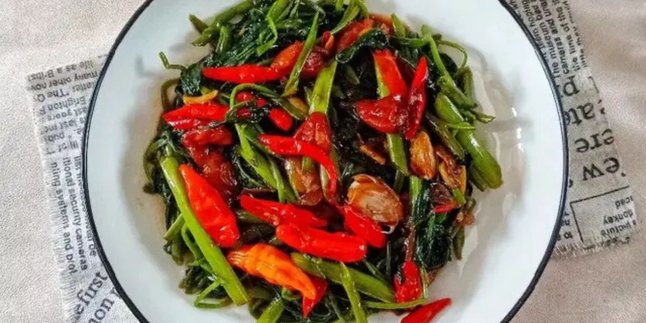Kapanlagi.com - Lontong, one of Indonesia's signature culinary dishes that often serves as the perfect complement to dishes like satay, gado-gado, or chicken opor, actually presents its own challenges in its preparation. Achieving lontong that is soft and does not easily harden is often a hurdle for many people. It is not uncommon for the lontong made to be too dense, hard, or even easily crumbles when cut. However, with the right technique, lontong can have a perfectly soft and chewy texture.
The success in creating the perfect lontong depends on several important factors, such as the type of rice used, the cooking method, and the cooling process after cooking. Choosing rice with the right starch content greatly affects the softness of the lontong, while the correct cooking technique can prevent lontong from becoming too hard or mushy. Additionally, wrapping lontong in banana leaves also gives it a distinctive aroma that tantalizes the taste buds.
In this article, we will explore easy steps to make soft, chewy, and long-lasting lontong without becoming hard. From selecting ingredients, cooking techniques, to the proper storage methods to keep lontong delicious to enjoy. By following these tips, you can enjoy your homemade lontong perfectly every time!
1. How to Make Lontong that is Soft and Not Easily Hard
Choosing the Right Rice
To get soft lontong that doesn't harden quickly, choose rice with a sufficient starch content. Avoid rice that is too dry or too hard, as this type tends to make lontong dense and hard after cooling.
Washing and Soaking the Rice Before Cooking
Wash the rice until the water runs clear to reduce excess starch that can make the lontong too sticky. After washing, soak the rice for 1 to 2 hours to make its texture softer and cook evenly.
Using Banana Leaves for a Distinct Aroma
Wrapping lontong with banana leaves gives a distinct aroma and retains moisture during cooking. Before using, wilt the banana leaves over the fire or soak them in hot water to make them more pliable and less likely to tear.
Filling the Banana Leaves with Enough Rice
Do not overfill the lontong wrap with rice, as the rice will expand while cooking. Leave about one-third of the space empty so that the lontong does not become too dense and remains soft after cooking.
Securing the Ends of the Wrap Tightly
Tie the ends of the banana leaves tightly with string or toothpicks. This is important to prevent water from entering during boiling and to ensure the lontong cooks perfectly.
Cooking with the Right Boiling Technique
Arrange the lontong in a large pot and pour water until fully submerged. Cook over low to medium heat for 4 to 5 hours. Add hot water if the volume of water decreases so that the lontong cooks perfectly.
Cooling Lontong Before Cutting
After cooking, lift and drain the lontong until it is completely cool. This cooling is important so that the lontong is solid and easy to cut without crumbling or sticking.
Storing Lontong the Right Way
If not consumed immediately, store the lontong in a closed container at room temperature or in the refrigerator. To keep its texture soft, steam it again before serving.
2. Causes of Hard Lontong
Here are some causes for lontong to have a hard and not soft texture:
Incorrect Type of Rice
Using rice that is hard or has low starch content can make the lontong hard after cooking. It is best to use rice with a soft texture so that the lontong remains soft and does not harden quickly.
Rice Not Soaked First
Soaking the rice before cooking helps soften its texture and makes the lontong more tender. If the rice is used directly without soaking, the result can be denser and harder.
Too Tightly Wrapped Lontong
If the rice is too full in the banana leaf or plastic wrap, there is not enough space for the rice to expand while cooking. This causes the lontong to become too dense and hard.
Insufficient Boiling Time
Lontong requires a sufficiently long boiling time, around 4–5 hours, for it to cook perfectly. If the boiling time is too short, the inside of the lontong can remain hard and not blend well.
Insufficient Boiling Water
During the cooking process, there must always be enough water to fully submerge the lontong. If the water decreases and the lontong is no longer submerged, the final result can be harder and uneven.
Not Properly Cooled
After the lontong is cooked, it is important to drain and let it cool naturally before cutting. If cut while still hot, the lontong can lose its moisture and harden more quickly.
Improper Storage
Lontong left open at room temperature for too long can dry out and harden. To maintain its softness, lontong should be stored in a closed container or steamed again before consumption.
By avoiding these mistakes, the lontong made will be softer, tender, and will not harden quickly!
(kpl/mni)
Disclaimer: This translation from Bahasa Indonesia to English has been generated by Artificial Intelligence.
